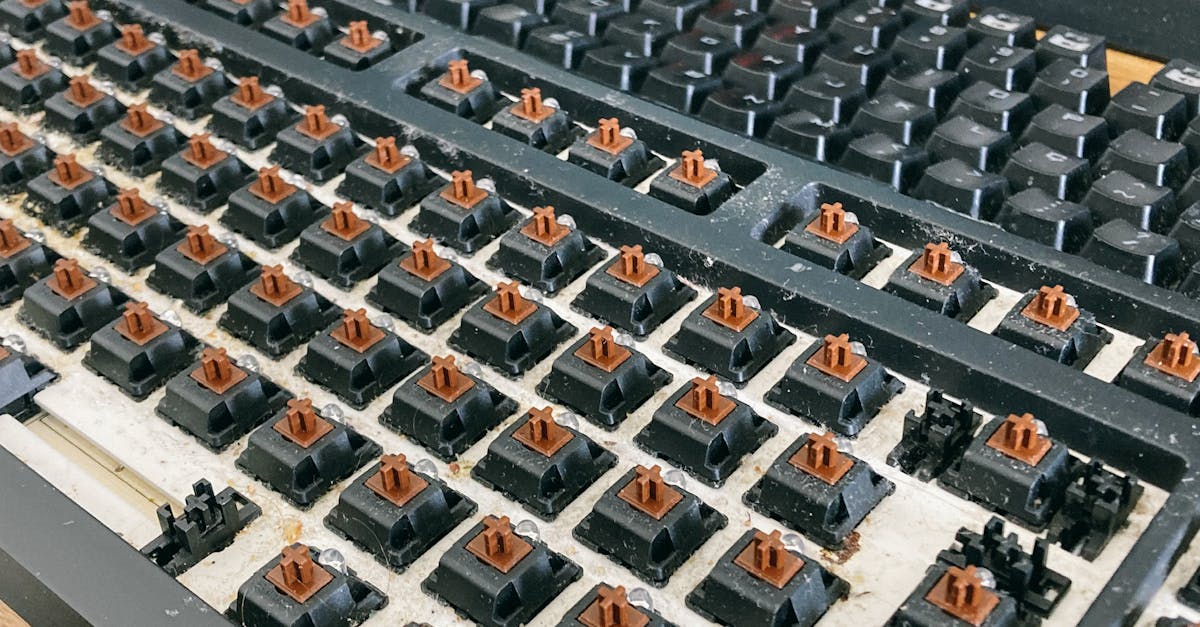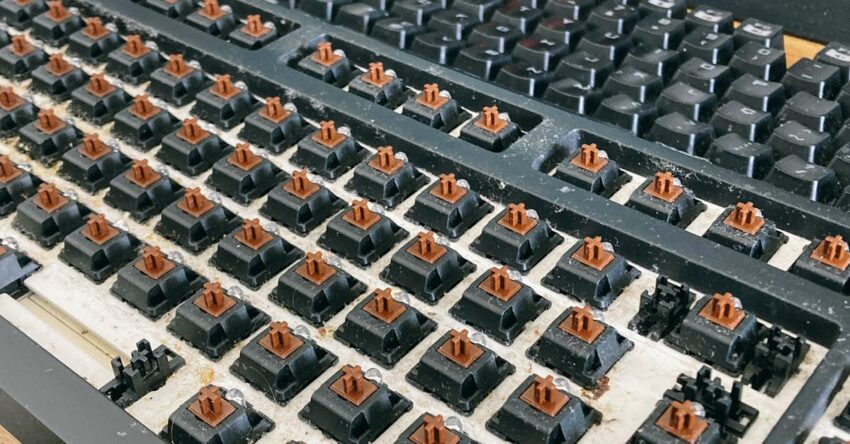Imagine walking into your home and simply asking the lights to turn on or the music to start playing. Sounds futuristic, right? But with DIY voice control, this dream can become a reality in your 2025 smart home. From smart speakers to complex home automation systems, the possibilities are endless. You’re not just adding convenience but also stepping into the cutting-edge world of smart home integration.
Perhaps you’re tired of fumbling for light switches or reaching for your phone to change a song. Seamlessly connect your devices and make a voice-activated paradise where everything listens and responds. Whether it’s assembling a new Arduino project, configuring a microphone circuit pdf, or exploring code voice control, embracing these technologies means you’re at the forefront of innovation. Best of all, you can set it up without professional help, bringing smart solutions into your hands.
Ready to transform your home with the power of your voice? Dive in and discover the best tips to make your smart home truly yours.

Photo provided by Athena Sandrini on Pexels
Inside the article
Understanding DIY Voice Control
DIY voice control is about using your voice to control various gadgets in your home. Imagine talking to your house, and it listens to you. You might wonder how it all works. It’s quite simple. You set up some devices that recognize and respond to your voice commands. This way, you can turn on the lights, adjust the thermostat, or play music just by speaking. It’s like having your own personal assistant at your service.
To start, you need to get a few basic components. A microphone is essential because it picks up your voice. Then, you need a smart device that can process your command. This is where things like your smartphone or a smart speaker come into play. You can even learn how to assemble voice activation systems if you’re interested in a hands-on project. This kind of technology makes your life easier and more enjoyable.
Setting Up Voice Control
Starting your DIY voice control setup is easier than you might think. Begin with a device you already have, like a smartphone, and connect it to your smart home devices. You’ll need some basic software to help with the process. Many tutorials are available that show you step by step how to code voice control commands.
It’s also important to make sure your voice control system works with all your devices. You can use applications to create a tasker profile suitable for voice commands. This allows you to automate certain actions, making your setup more efficient. Remember, the goal is to make your daily tasks run smoothly with just a few words.
The Role of Voice-Activated Devices
Voice-activated devices play a huge role in your DIY voice control system. These are gadgets that listen for your commands. There are many options available, from smart thermostats to lights and even appliances. Choosing the right devices is crucial for a smooth experience.
You should look for devices that are compatible with the voice control system you are using. Many brands offer products that easily connect with each other. This means you won’t have to deal with complicated device configuration change processes. By choosing wisely, you ensure that your voice commands will work seamlessly across all devices in your home.
Using Smart Speakers
Smart speakers are a fantastic addition to your DIY voice control setup. They act as a hub that connects all your devices. When you add smart speakers, they help enhance the functionality of your system. These speakers not only play music but also allow you to give voice commands from anywhere in the room.
With smart speakers, you can control everything from the lights to the thermostat. They make it easy to manage your home automation with voice effortlessly. Even if you’re not around, your voice assistant remains active, ready to perform tasks at any moment.

Photo provided by ThisIsEngineering on Pexels
Smart Home Integration Techniques
Integrating smart home devices ensures a seamless experience. You must connect each device so that they all work together harmoniously. Home automation with voice control is all about making these connections. You can use different software to manage these integrations efficiently.
Try connecting your devices through a central hub. This could be a smart home platform that supports multiple devices and brands. By doing this, you can control everything from one place, streamlining your interactions and making your home truly smart.
Home Automation Systems
Advanced home automation systems provide even more possibilities. These systems are designed to automate various tasks around your house. They can include things like smart locks, security cameras, and even advanced lighting systems.
With a proper home automation system, you can program different routines. For example, you can set the lights to turn on when you arrive home. This adds a layer of convenience and security to your home. It also helps you make the most out of your DIY voice control setup.
Ensuring Efficiency
To ensure your voice control setup is efficient, regular maintenance is key. Check your devices and software regularly to make sure they are up to date. You might need to install bit software updates to enhance performance.
Keep your system simple to avoid complications. Avoid overloading your voice assistant with too many commands at once. By doing this, you can keep enjoying a seamless and efficient DIY voice control experience in your home.
Unlock Your Smart Home’s Potential
Enhancing your smart home with voice activation brings convenience and efficiency to your daily life. You gain the power to control lights, appliances, and devices hands-free, making your home more accessible and enjoyable. Implementing these techniques also paves the way for a seamless and futuristic living experience by utilizing the latest technology affordably and effectively. The possibilities are endless, and you can tailor them to suit your unique needs.
To start integrating voice control into your smart home, begin by selecting a reliable smart speaker or voice assistant that fits your lifestyle. Then, connect it to your existing devices following simple setup guides available online. Don’t forget to explore apps like Tasker for custom voice commands tailored specifically for your daily tasks. A little exploration goes a long way in creating a simplified and interconnected home environment.
Take the first step today by setting up your first voice-activated device. Discover how easy and enjoyable smart home living can be. Dive into your journey of home automation and make your life easier, one command at a time. Your smart home adventure awaits!
